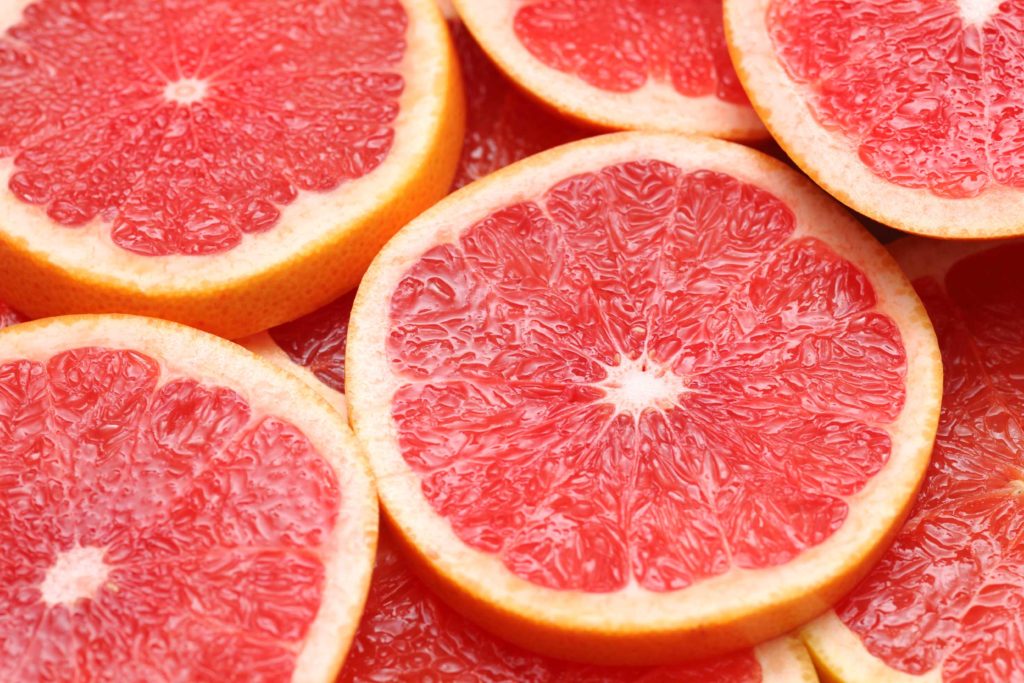When you have Type 1 or Type 2 diabetes, some foods and nutrients are preferred on the plate and not others. Focus on the useful foods that fight diabetes.
1. Fibers
Several studies conducted in the 1970s have shown that a diet rich in carbohydrates and fiber improves glycemic control and reduces the insulin requirements of people with diabetes. The effect would be all the more marked with soluble fibers. Soluble fiber is found in legumes and pulses, some cereals such as barley, oats or rye, or fruits and vegetables.
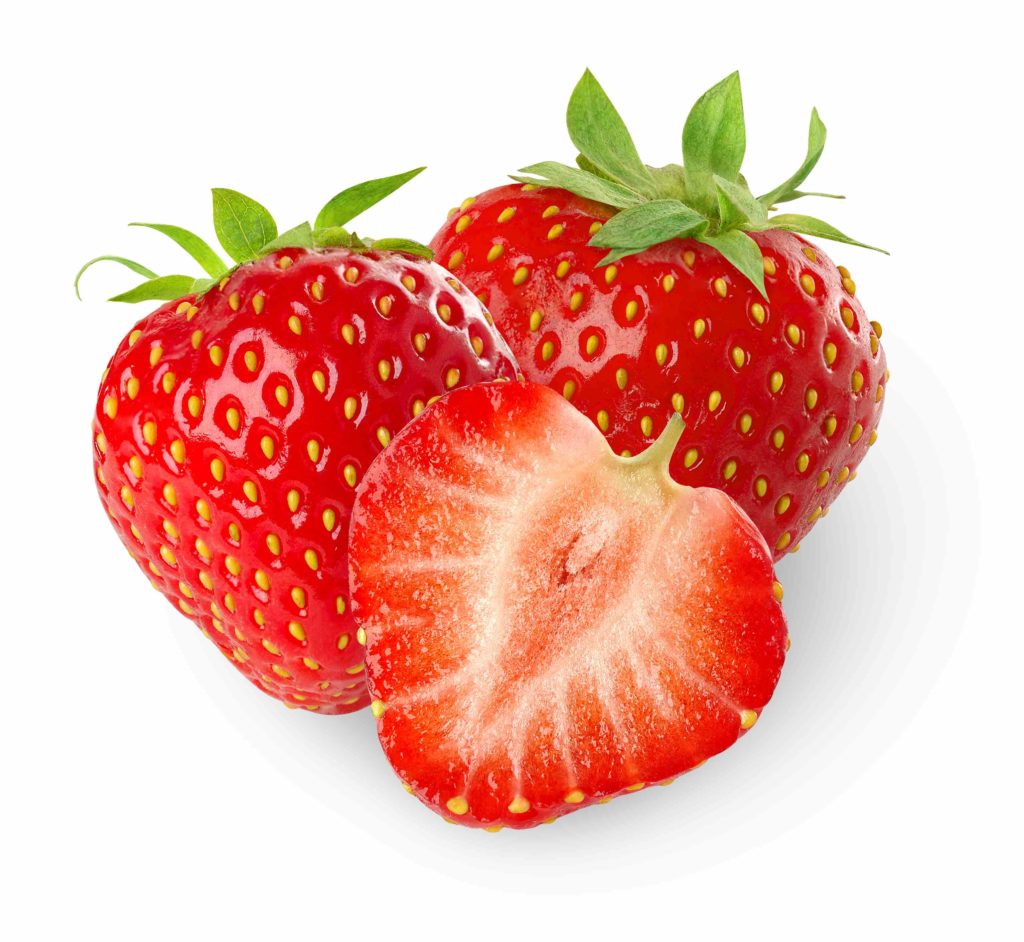
2. Fish
In diabetes, it is essential to protect your heart and prevent cardiovascular disease. Fish, especially fat, are rich in omega-3, known for their beneficial effects on the heart: cod, tuna, halibut, salmon, and mackerel put on the menu 2 to 3 times a week. It is recommended, however, to vary the fish consumed to avoid over-consumption of heavy metals, which exist more in some fishes, especially large predators such as swordfish, marlin, shark, tuna.
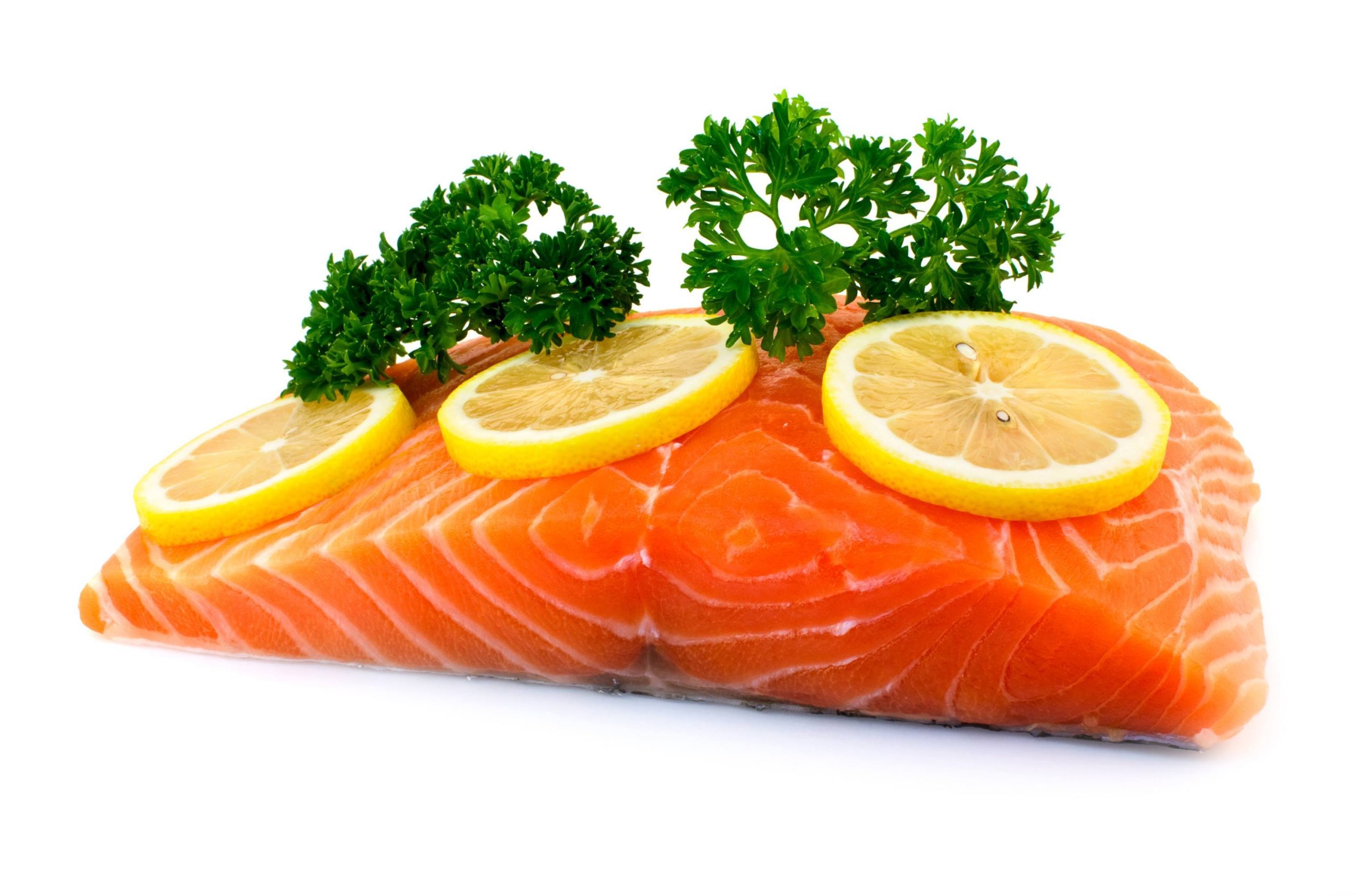
3. Lean meat
In the case of diabetes, proteins are necessary but difficult to consume without the lipids that generally go with. Lean meats, such as poultry (chicken, turkey), or white fat ham, is preferable. When cooking, cook them in the oven, in the foil, or on the grill to avoid the addition of fat and do not add too much salt.
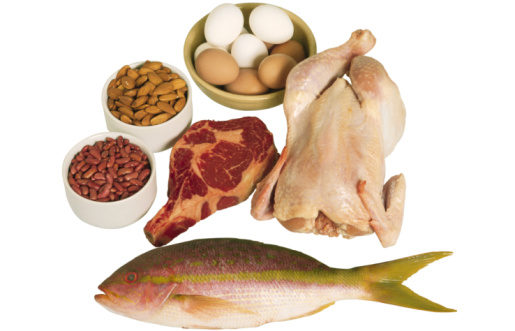
4. Carbohydrates
Eating sugar when you have diabetes can cause insulin to rise quickly, so it’s better to avoid fast carbohydrates found in cookies, candy, soft drinks, and so on. Not to mention the junk food that even has salt can contain sugar, such as hamburger bread, whose composition is like bread crumbs, which has sugar. The same goes for sauces. On the other hand, it is advisable to consume slow sugars that one finds, especially in the complete bread and in starchy foods (rice, pasta, potatoes).
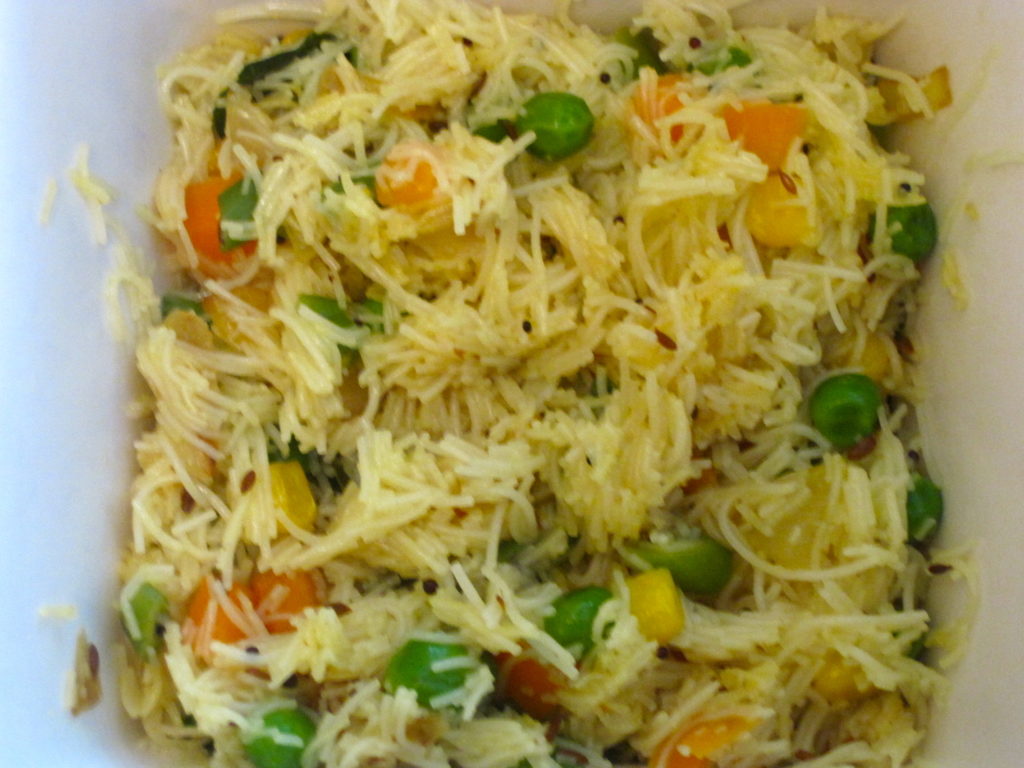
5. Avocado
Consumption of avocado is recommended in the case of diabetes type 2 because it has minimal carbohydrates and a lot of soluble fibers that promote digestion. In addition, its low glycemic index contributes to proper blood sugar regulation. Put avocado on the menu several times a week, provided it is not accompanied by mayonnaise. Shrimp or other seafood will be an ideal accompaniment for diabetes.
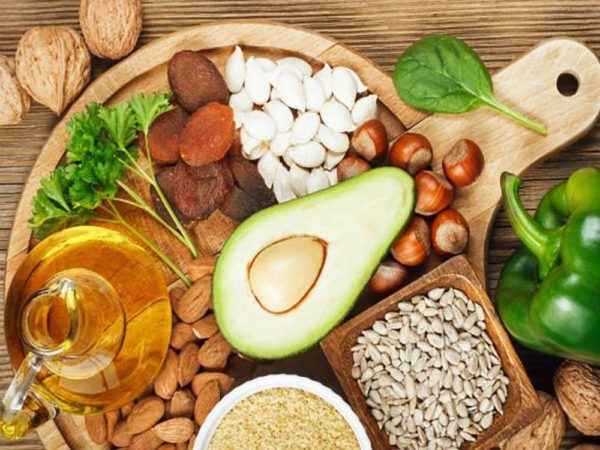
6. Vegetable oils
The diabetic must make sure of a low-fat intake. Lipids should not exceed 30% of daily intakes to avoid the risk of cardiovascular disorders. Excess fat rich in saturated fatty acids actually increases cholesterol, both good HDL but also bad LDL, resulting in a relationship between the two that is not conducive to good heart health. On the other hand, monounsaturated fatty acids and polyunsaturated fatty acids, are contained in raw vegetable oils, such as, are good for health. olive oil, walnut oil, rapeseed oil are, therefore, favored during seasoning.
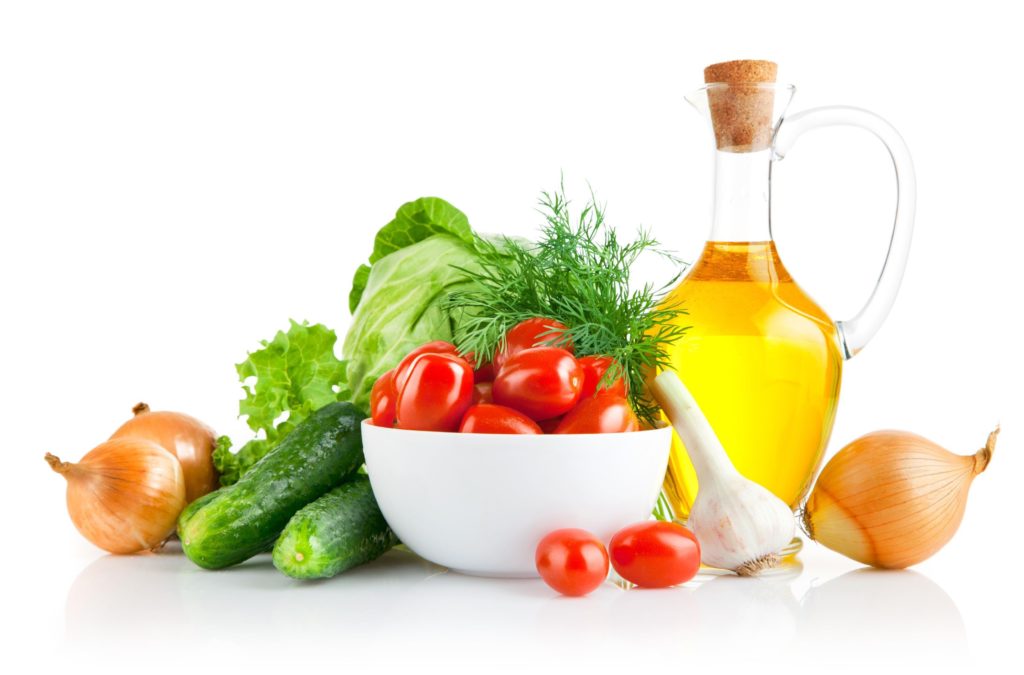
7. Nuts
Nuts, such as walnuts, almonds, pistachios, and hazelnuts, contain good (monounsaturated) fats that protect the arteries as well as magnesium. People with diabetes, type 1 or type 2, often lack magnesium due to disruption of insulin production and the higher amount of magnesium in Urine.

8. Fruits
The fruits are rich in vitamins, minerals, fiber, and thus give the body all the nutrients necessary for good health. A diabetic person could consume most types of fruits. However, some of them contain more carbohydrates than others and have a higher glycemic index than others. Bananas and grapes are avoided. Eating apples, pears, and citrus fruits would reduce the risk of developing type 2 diabetes.
